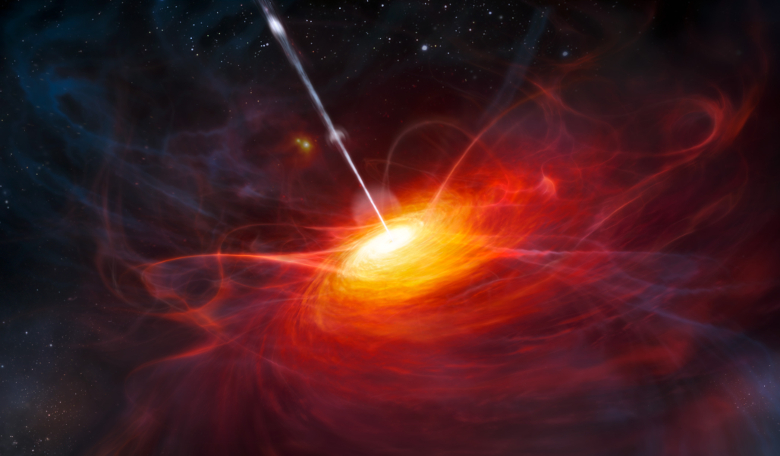Recent observations by a team of astronomers hoping to find quasars – some of the most-distant objects in the universe – has led to the discovery of 63 new objects; a find that has almost doubled the number of known quasars, in a single research study.
Quasars are amongst the most powerful, luminous, and energetic objects known in the universe, and although the true nature of these objects was debated for some time, it is now excepted that a quasar is the region around a supermassive black hole that emits up to a thousand times the energy output of the Milky Way through the accretion of matter.
The quasars discovered by a team led by Carnegie's Eduardo Bañados, are from when the Universe was only a billion years old and the find will thus provide valuable information about this early epoch in the Universe’s history. "Quasars are among the brightest objects and they literally illuminate our knowledge of the early universe," said Bañados.
Despite being incredibly luminous, quasars are notoriously hard to spot and scientists have searched for them for decades to help them figure out what happened in those first billion years after the Big Bang. What is known is that after the Universe had cooled sufficiently to allow the first protons and electrons to coalesce into hydrogen atoms, these primordial atomic nuclei then formed larger structures and as gravity condensed matter further, the first sources of illumination were eventually formed, which might have included quasars.
However gaps in our knowledge of this early era still remain and thanks to discoveries such as this, a greater understanding about the early universe will become apparent.
"The formation and evolution of the earliest light sources and structures in the universe is one of the greatest mysteries in astronomy," said Bañados. "Very bright quasars such as the 63 discovered in this study are the best tools for helping us probe the early universe. But until now, conclusive results have been limited by the very small sample size of ancient quasars."











